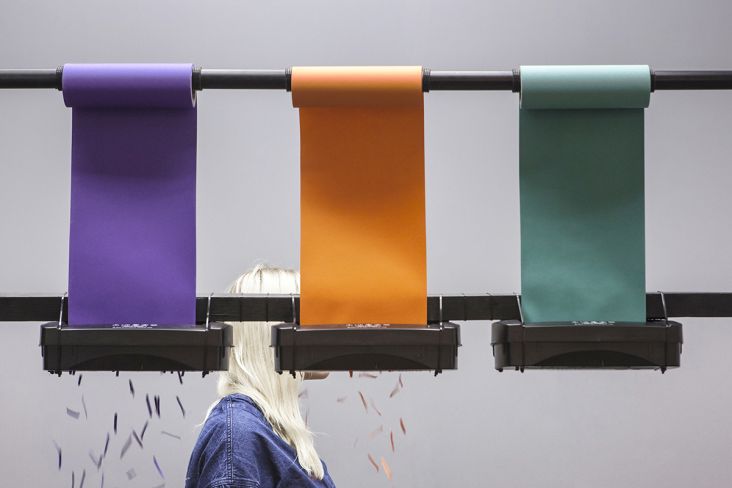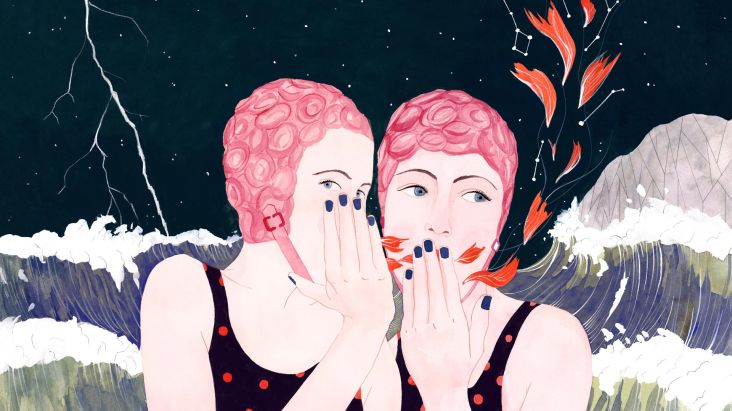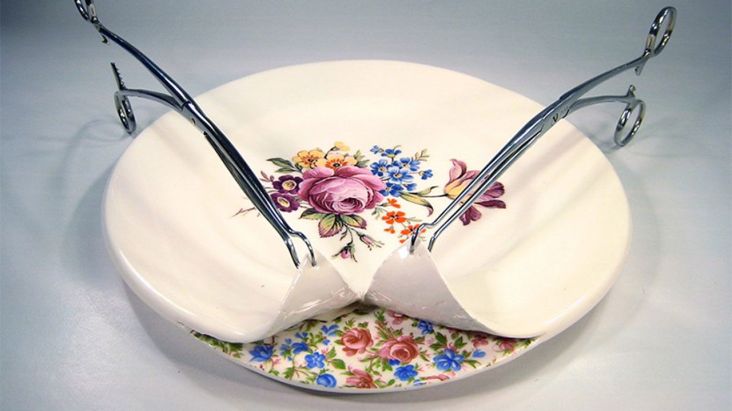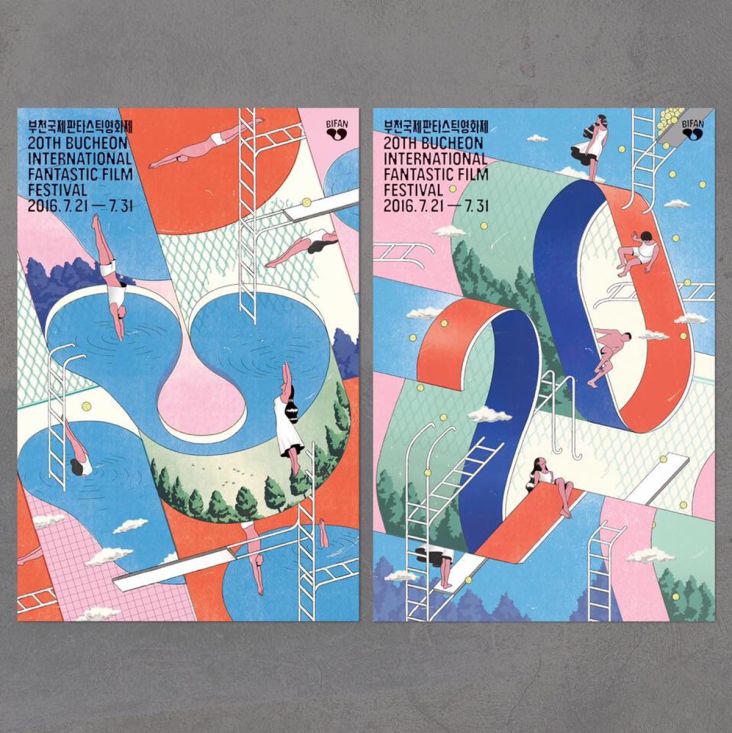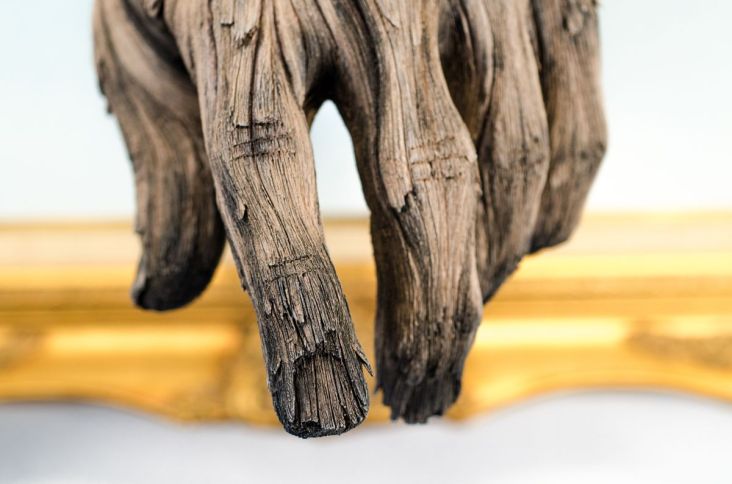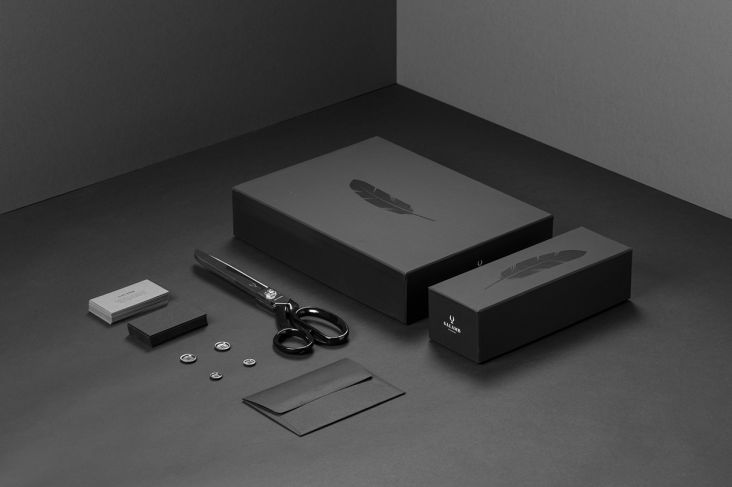Yinka Ilori sits down to talk about furniture with soul, upcycling and telling your story
Yinka Ilori is making quite a name for himself in the design world. His relentless, sunbeam positivity, his dedication to sustainability and the sheer vibrant imagination behind his furniture make him one of the most exciting creatives on the scene.
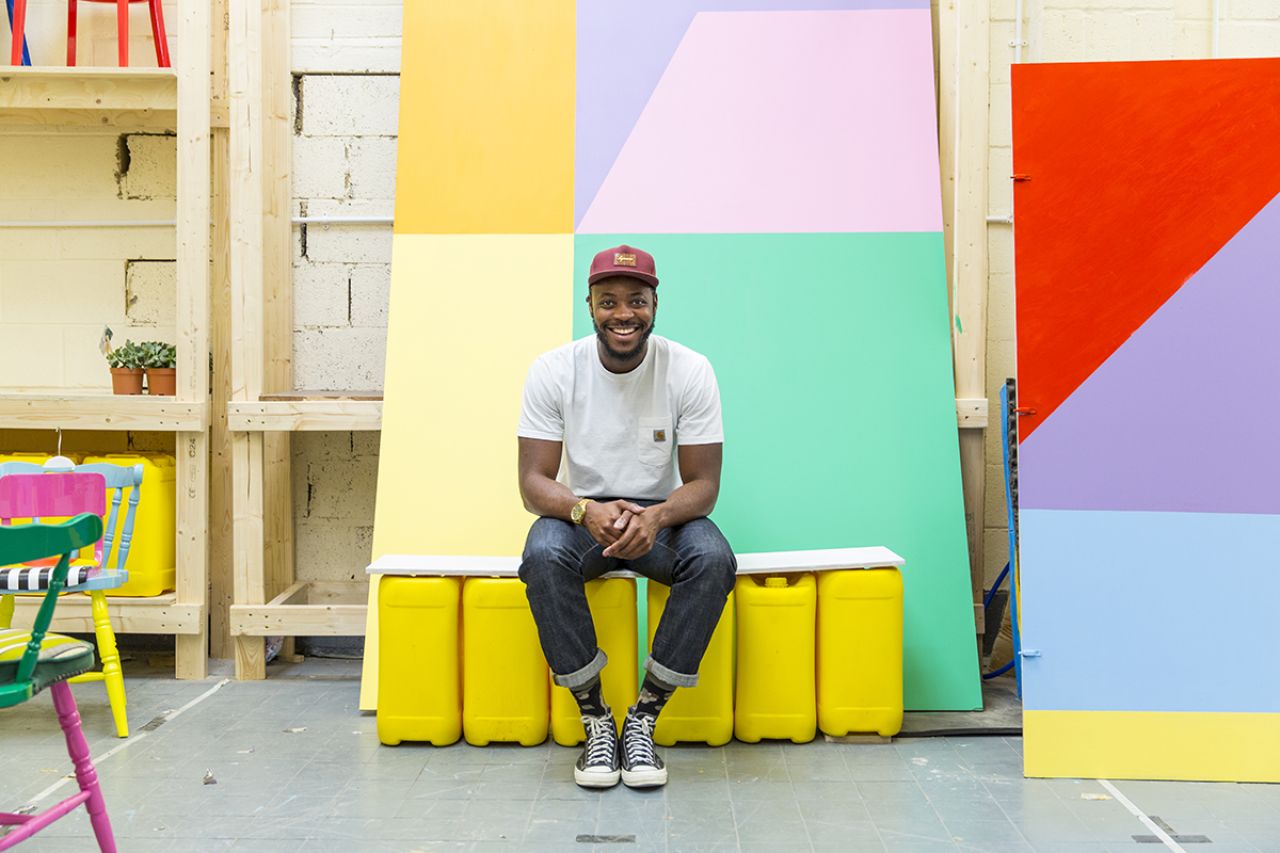
From his east London Studio, Yinka upcycles chairs. So far, so hipster-maker cliché, but the difference is that Yinka has a talent for using his work to communicate narratives and evoke strong emotional responses. From two or three found pieces of furniture, he creates sculptural hybrid chairs that muddle different design traditions and social histories into something colourful, heart-warming and completely new.
Next month, during the London Design Festival, he will be exhibiting a new collection of six chairs with a unique, immersive installation at Clerkenwell London, as part of Design Undefined. Titled 'A Swimming Pool of Dreams', the installation is a nostalgic and personal celebration of Yinka's childhood visits to Margate with his family church, with three "swimming pools" that recreate the eclectic Dutch Wax print patterns of African clothing.
Tell us about your journey. How did you get here?
I studied Product Design and Furniture at London Metropolitan University, and during my first year, we had to complete a project called 'Our Chair'. It was set by my tutor Jane Atfield and was inspired by Martino Gamper's chair series '100 chairs in 100 days'. The brief was to source two old chairs, dismantle them into pieces and use all the original compartments to create a new chair, giving it a new function and identity. This project opened my eyes to new ways of working and understanding the importance of storytelling through chairs.
After graduating, I secured an internship with Lee Broom and had the opportunity to spend one or two days a week in his studio. After completing the internship, I then applied for funding from the Prince's Trust so that I could start running my own studio and produce new work that could be exhibited during London Design Festival.
The loan from the Prince's Trust really helped me launch my first collection of work which I then presented during LDF in 2011. Thankfully, it was well-received, and since then, I have never looked back. That's pretty much how I got here!
You upcycle chairs. Aside from the inspiration at university, what else made you choose this particular sustainable path?
Chairs have always been a huge part of my culture, especially at home. If my dad came back from work and you sat in his chair, you just knew you had to get up, so he could sit down because that was his chair. It was a sign of respect, offering your chair to someone a lot older than you. Not only that, old chairs are compelling objects that have many stories to tell – to have the opportunity to try and unravel those narratives is why I love what I do.
A chair is an object that we all share, whether we like it or not because we have to take a seat at some point during each day. This could be in a public space, church, bar or on public transport. We share ideas, feelings, and emotions when we sit on a chair, and that's the beauty of chairs – they have this unapologetic vulnerability about them. We automatically trust a chair without even knowing, it's incredible.
Chairs are conversation-starters, and I like how they bring people together in the simplest of ways. The most exciting part about my practice is being able to incorporate my heritage and tell stories through chairs, creating objects that make people smile but at the same time ask themselves the questions: can I sit on this chair? Is it functional?
The stories that I tell through my work are based on Nigerian Parables, which are words of wisdom told to me by my parents when growing up as a child. Being able to create a meaningful chair, with a story is incredible.
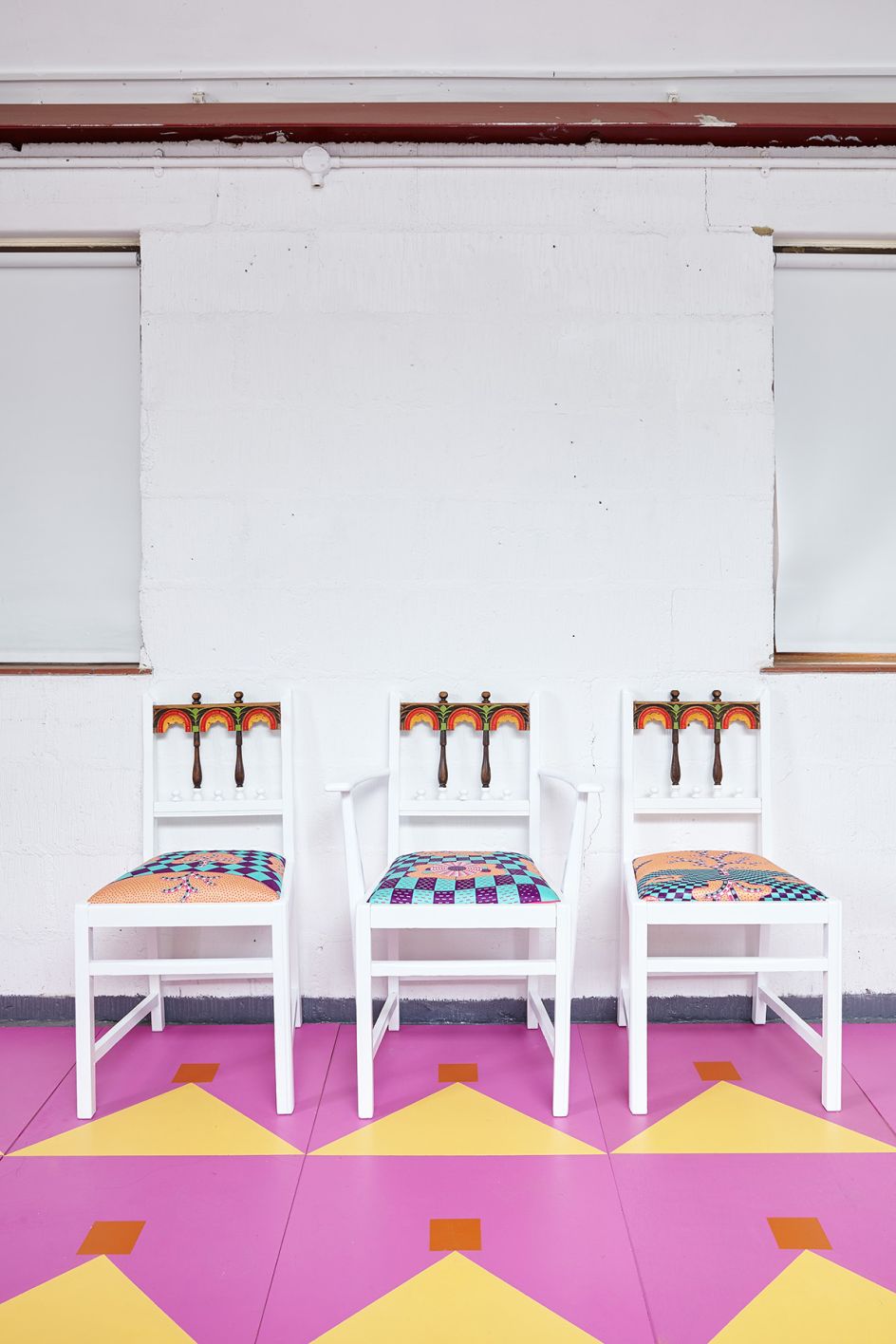
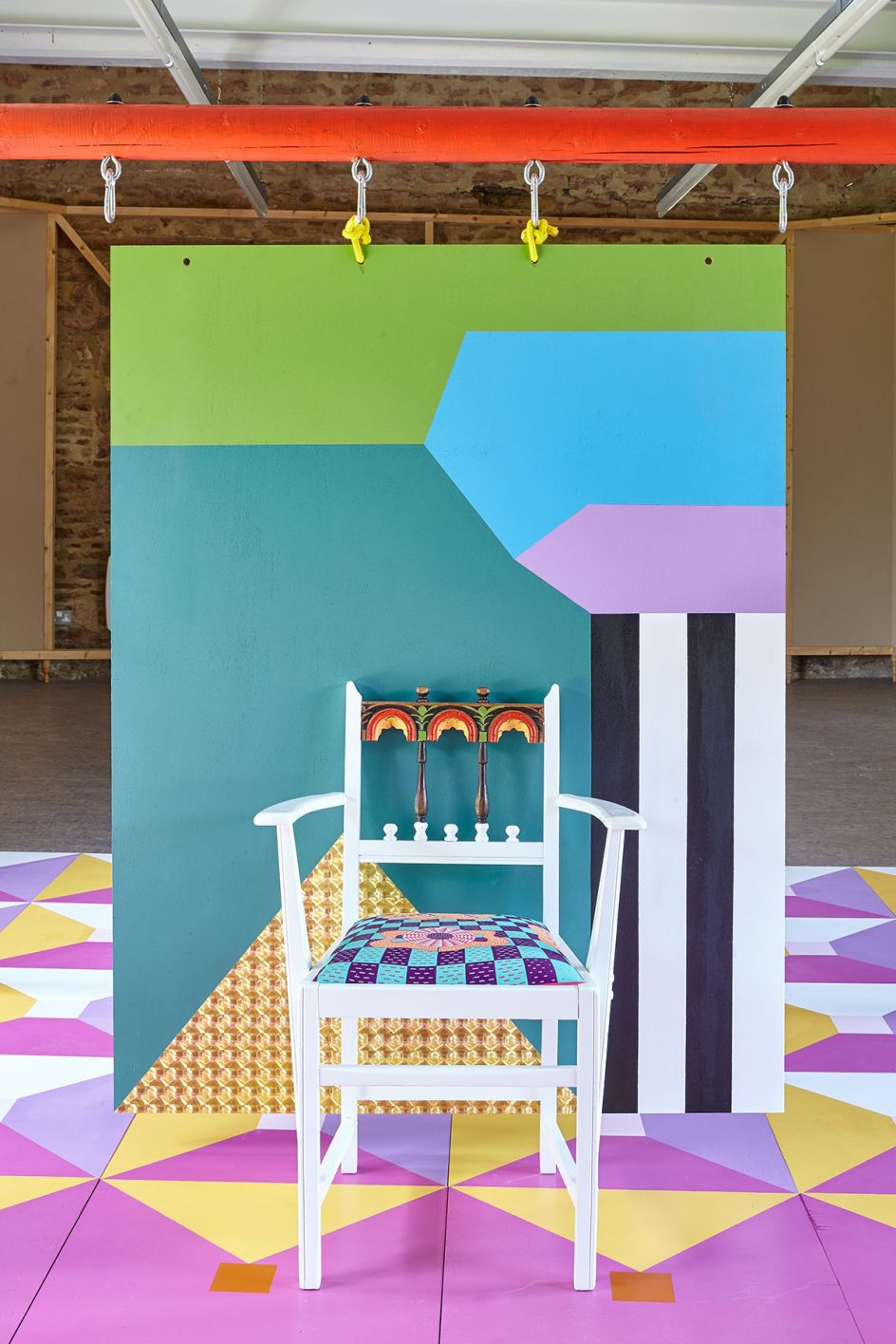
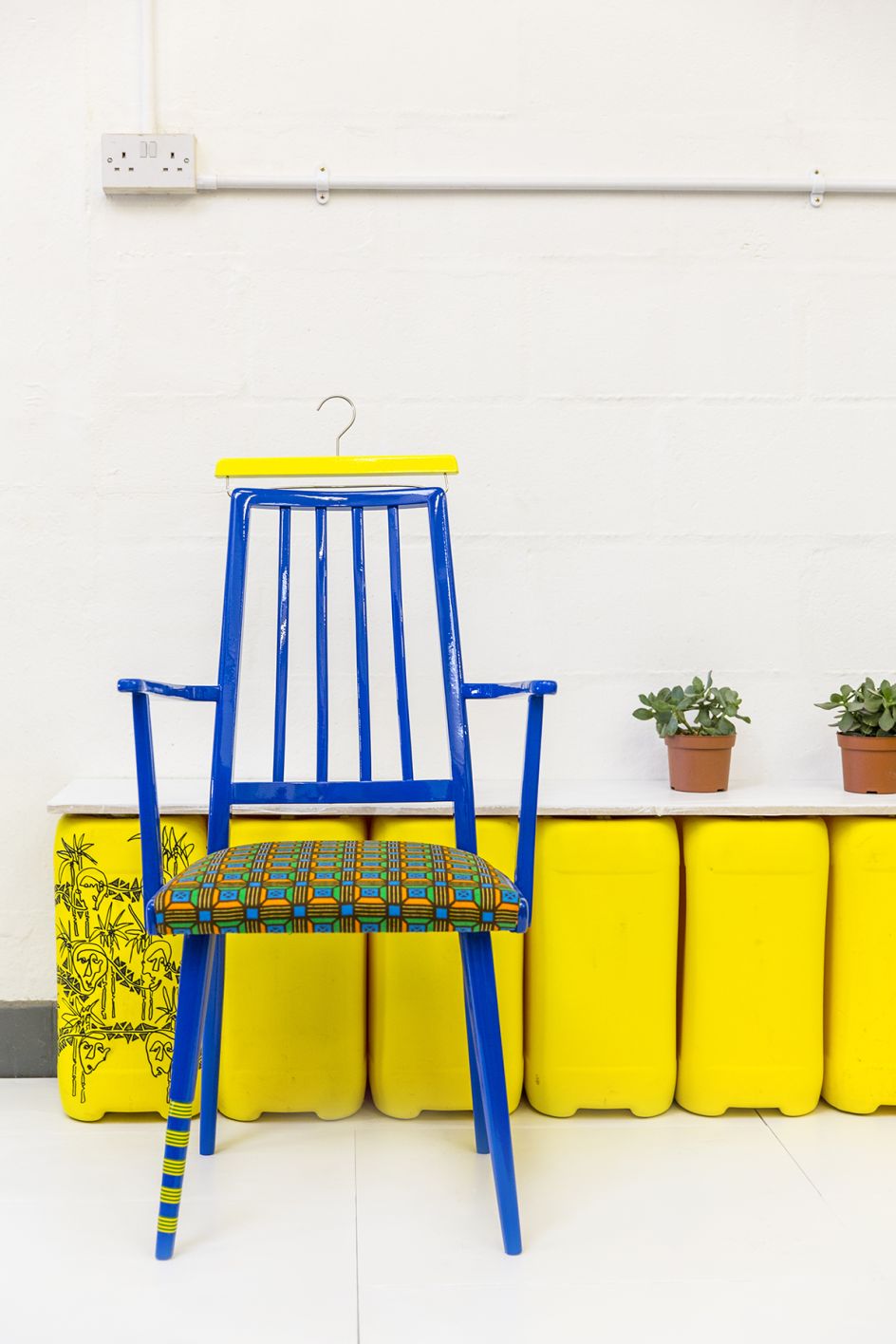
What's your design process?
- Select a Nigerian Parable
- Put on some music 'Fela Kuti'
- Select a chair
- Dismantle the chair
- Reconstruct the chair
- Sand down the chair
- Prime the chair
- Paint the chair
- Let the chair dry
- Select a Dutch Wax print
- Upholster the chair seat
Where do you source old furniture from? Any particular pieces that turned up in an unusual place?
The chairs are sourced from charity shops, second-hand shops, skips – you name it, I'll find them anywhere. I mean, sometimes you might see me with two or three chairs in my hand, walking down East London trying to get on a bus because I'm always bumping into chairs! If you do see me with chairs and I look like I'm struggling, I'd really appreciate your help.
Any favourite pieces that you've made?
Ah, that's a tough one! They are all my favourites because they have important narratives and mean a lot to me. That's such a difficult question; it's like someone asking you who is your favourite out of your children! You can't do it!
Where do you get your inspiration?
At the moment, I get inspiration from my childhood and look at experiences with people that have shaped me as a person.
The design industry can be tough. How do you ensure you stand out on the circuit?
It can be tough, but the only way to ensure you stand out on the circuit is always to tell your own story, do your research and don't try and cut corners because you will only end up having to start again.
You've quickly built your reputation – what marketing tips and tricks can you share that have worked for you?
The best marketing that has worked for me would have to be through Instagram. It's played a huge part in my career. It has exposed my work to so many people around the world. Some of the projects that I have done to date have come from Instagram, so I would happily recommend it to anyone.
Is there anything that frustrates you about the design industry? What would you change if you could?
Yes, there are hundreds of creatives who have such amazing ideas but struggle with writing proposals. If I had the funding, I would love to set up a consultancy that helps creatives who struggle with writing proposals and supports them in making funding applications so that they have a better chance of having a successful application.
Always tell your own story, do your research and don't try and cut corners because you will only end up having to start again.
Next month, during London Design Festival, you'll be exhibiting a new collection of six chairs with a unique installation. Can you tell us more?
I will be presenting a new collection of chairs through an installation at Clerkenwell London's Design Undefined. 'A Swimming Pool Of Dreams' is a presentation of my early childhood memories of going to church with my parents. One thing that stood out was how my church's congregation would go to the seaside and pray holding hands. The whole day was not only about praying, but it was a celebration of faith, love, and unity.
The installation recreates my fond childhood memories of visiting Margate and praying for so many things that came to be true in my life and the lives of so many people that I care about. One thing that was special to me was that everyone shared their problems no matter what colour, race or background they were from.
For Clerkenwell London I will be creating a Swimming Pool installation that will recreate those beautiful Margate memories, retelling those narratives of individuals visually in a thought-provoking way that gives the audience an insight into something special that has forever shaped my life, journey and the lives of so many others.
There will be three swimming pool installations in the space and around them will be a collection of chairs. The chairs will highlight what people are hoping and praying for in the future. These pieces of furniture will be a combination of functional and non-functional furniture that will tell stories that hopefully, visitors can resonate with.
The patterns in 'A Swimming Pool Of Dreams' represent people's faces and highlights that they all have something to pray for but are still holding hands and sticking together. In the centre of the installation will be an eclectic and vibrant African Dutch Wax pool representing people's dreams, coming through in so many different colours, because they have all prayed for different things.
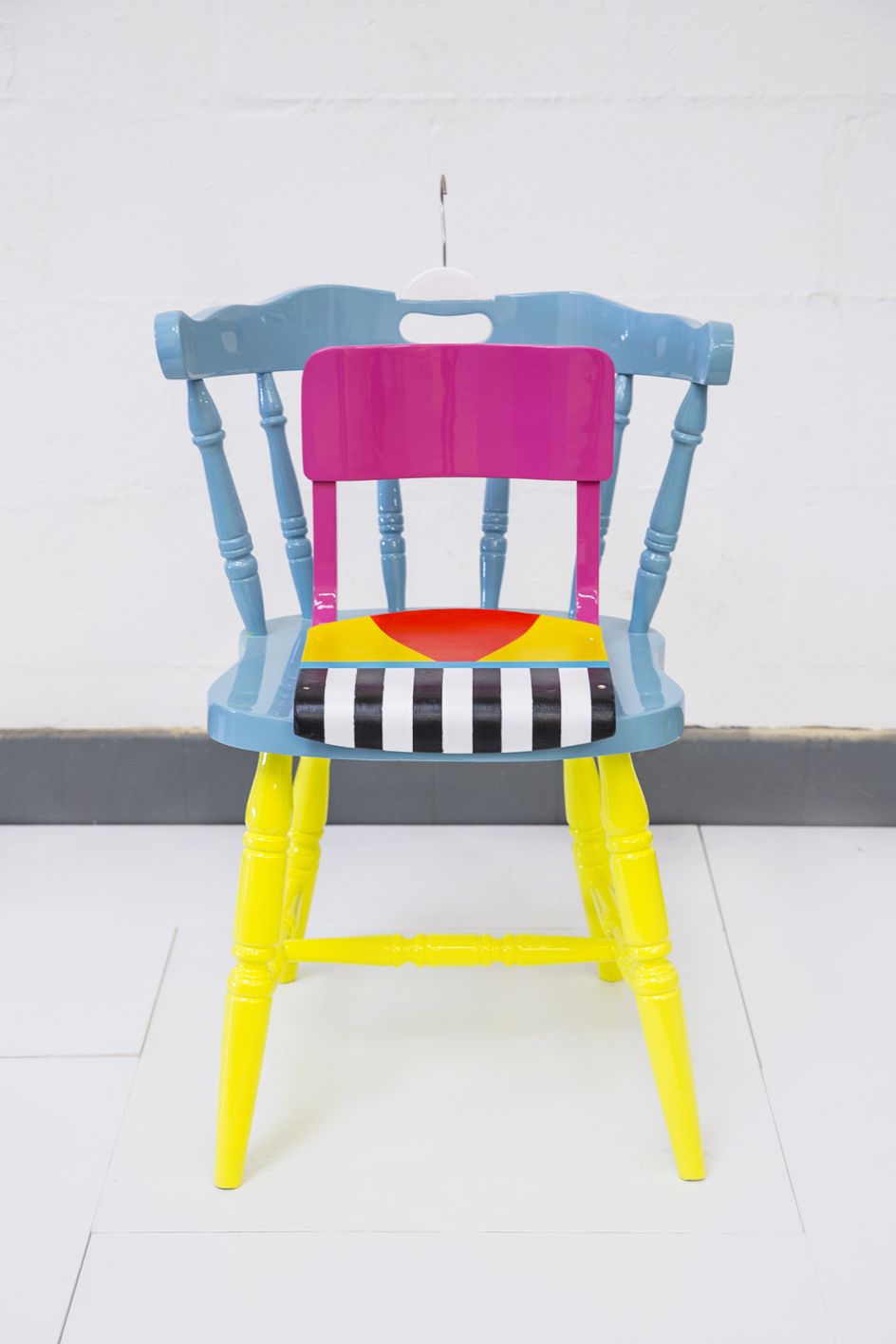
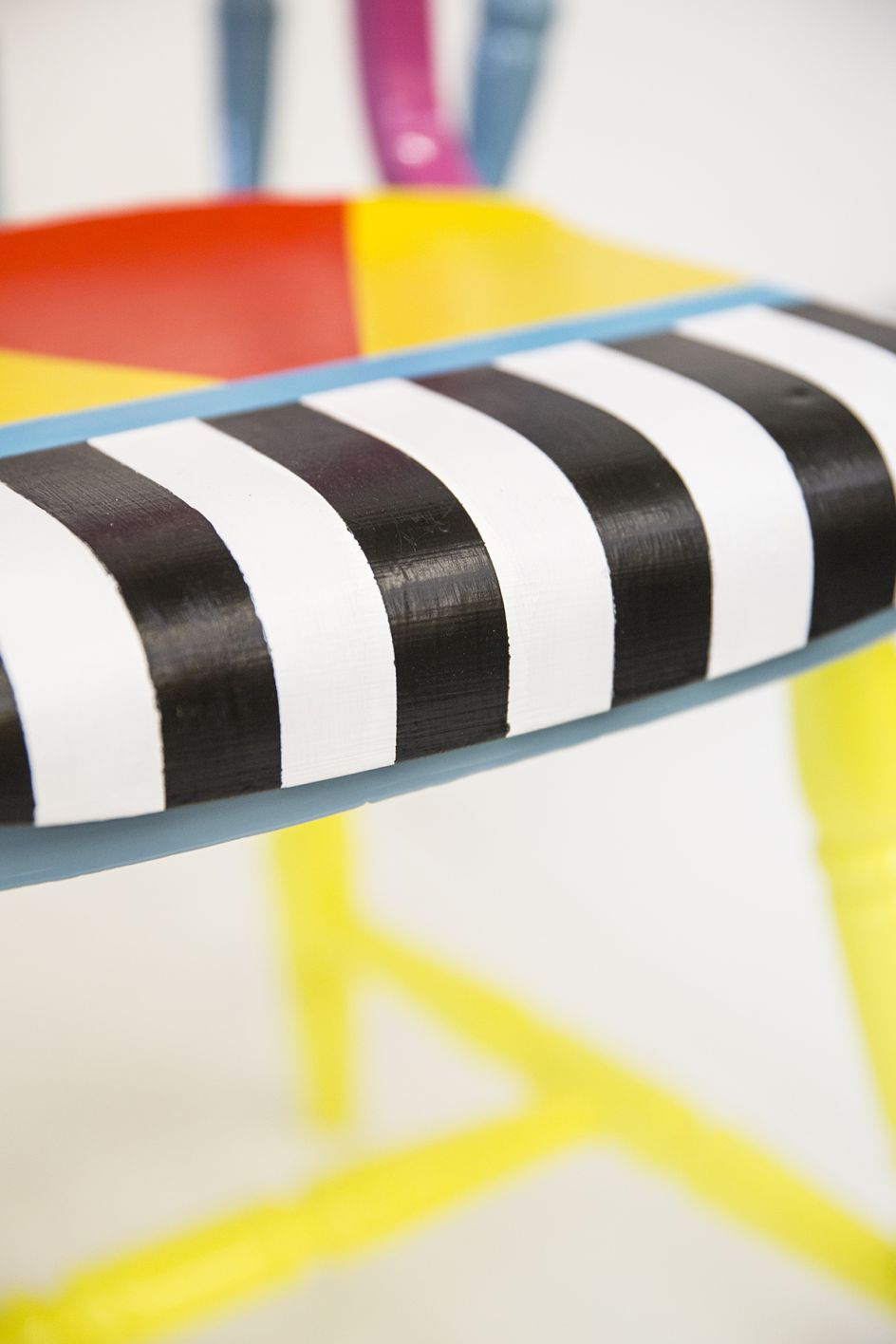
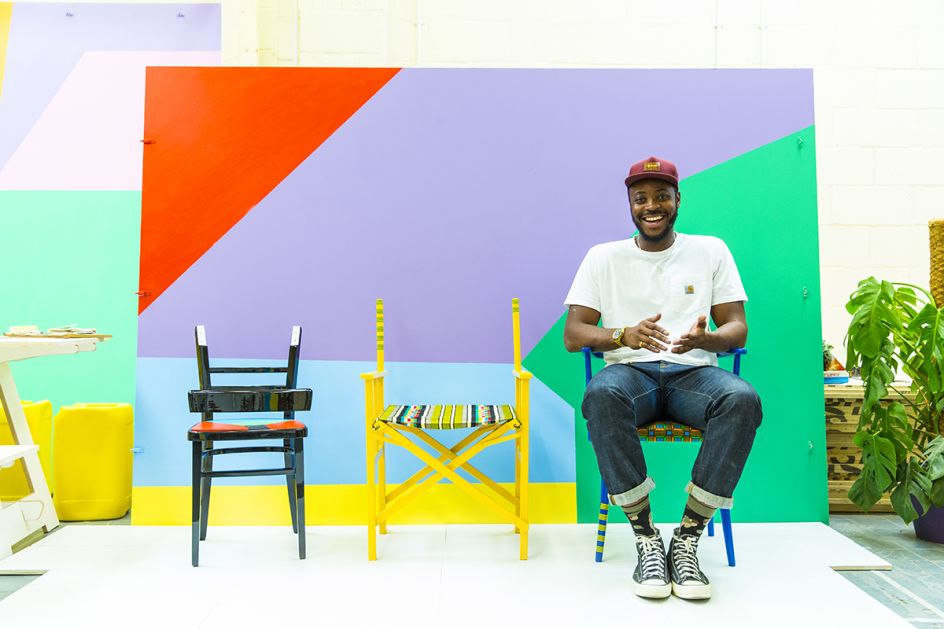
Any other projects up and coming that we should know about?
Yes, but unfortunately I can't reveal any information due to a non-disclosure contract that I have signed! I can tell you one thing though – it's a fascinating project and involves hundreds of chairs!
Who was the last person you met for a coffee, and what was it about?
I didn't have a coffee but had a green tea with my whole family while watching the Olympics. I wasn't feeling too well and was down with the flu, so my mum did everything for me! I did milk it a little – but sometimes we all need a little bit of mum's love!
What's currently on your playlist?
Frank Ocean's new album 'Blond'.
You're based in East London. Describe your local creative scene
Yes, that's right! East London is full of tastemakers who create greatness. My local scene is an eclectic mix of architects, fine artists, print designers, metal spinners and furniture makers. The beauty of this is that there is an opportunity to collaborate with any of these creatives and share ideas.
Finally, what three pieces of advice would you share to those wanting to break into furniture design?
Tell your story the way you want because nobody can tell your story better than you. Don't be afraid to share your work online. And, most importantly, be nice to people, it's free!
If you like the sound of Yinka's 'A Swimming Pool of Dreams', then make sure you visit Clerkenwell London's Design Undefined on Farringdon Road from 17–24 September 2016, during London Design Festival.
For more background on Yinka, you can check out his website at yinkailori.com or follow his latest colourful furniture designs on Instagram @yinka_ilori.




 by Tüpokompanii](https://www.creativeboom.com/upload/articles/58/58684538770fb5b428dc1882f7a732f153500153_732.jpg)


 using <a href="https://www.ohnotype.co/fonts/obviously" target="_blank">Obviously</a> by Oh No Type Co., Art Director, Brand & Creative—Spotify](https://www.creativeboom.com/upload/articles/6e/6ed31eddc26fa563f213fc76d6993dab9231ffe4_732.jpg)








